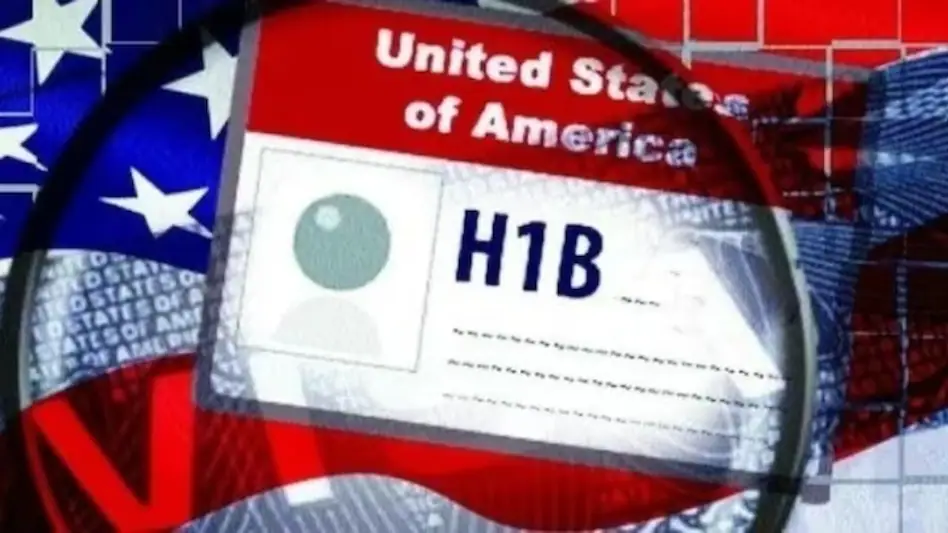
Foreign professionals aiming to work in the U.S. are eagerly anticipating the 2026 H-1B visa season. The registration period for this year will open on March 7, 2025, and close by March 24, 2025. During this time, U.S. Citizenship and Immigration Services (USCIS) will conduct a random selection of beneficiaries under the H-1B program, designed for highly skilled workers.
Key Updates to the H-1B Process
For the 2026 fiscal year, USCIS will continue using the beneficiary-centric selection process, which was introduced in FY 2025. This system was designed to prevent abuses of the registration process and ensure that each beneficiary is considered only once, even if multiple registrations are submitted on their behalf. This is a shift from the previous registration-based system, where a beneficiary could be considered multiple times based on various employer filings.
Changes in the Process for FY 2026:
Registration Period: March 7 to March 24, 2025
Registration Fee: $215 per beneficiary
Selection Process: Random selection of unique beneficiaries, not based on the number of registrations filed
Notification Deadline: USCIS will notify selected registrants by March 31, 2025
This move towards a beneficiary-centric system has already shown results in the reduction of registrations. In FY 2025, USCIS received 470,342 eligible registrations, a significant drop of 38.6% from the 758,994 in FY 2024. The average number of registrations per beneficiary also declined from 1.70 in FY 2024 to 1.06 in FY 2025.
Step-by-Step Process for the 2026 H-1B Season
Employer Registration: Employers will register beneficiaries online via the USCIS portal.
Random Selection: USCIS will use the new beneficiary-centric process to randomly select unique beneficiaries.
Notification: Selected beneficiaries will be notified through their USCIS accounts.
Petition Submission: Selected beneficiaries must then submit their H-1B cap-subject petitions to USCIS for processing.
India’s Dominance in the H-1B Visa Landscape
India continues to be the dominant country of origin for H-1B visa holders. In FY 2023, Indian nationals received 72.3% of all H-1B visas issued. Additionally, India accounts for 28% of international student employment in the U.S., with many students seeking to transition to H-1B status after completing their studies.
Currently, 65,000 H-1B visas are issued annually under the general cap, with an additional 20,000 visas allocated for applicants with advanced degrees from U.S. institutions. Given India’s large pool of highly skilled professionals, it remains the primary beneficiary of these visas.
Possible Policy Changes with a New Administration
With the potential return of Donald Trump to the White House, significant changes could impact international students and skilled workers seeking employment in the U.S. The Optional Practical Training (OPT) program, which allows international students to work temporarily after graduation, could see changes or restrictions under a new administration. Additionally, there may be increased scrutiny and tighter regulations surrounding the H-1B program, as well as limitations on family-based green cards.
In response to these challenges, Trump has proposed the Gold Card initiative, aimed at helping U.S. companies hire and retain top foreign talent, particularly from elite U.S. colleges. This program could be an alternative for skilled workers looking to stay in the U.S., though its future remains uncertain.
As the H-1B season approaches, foreign professionals and employers must stay informed about these evolving regulations to ensure a smooth application process for FY 2026.
Recent Random Post:
















